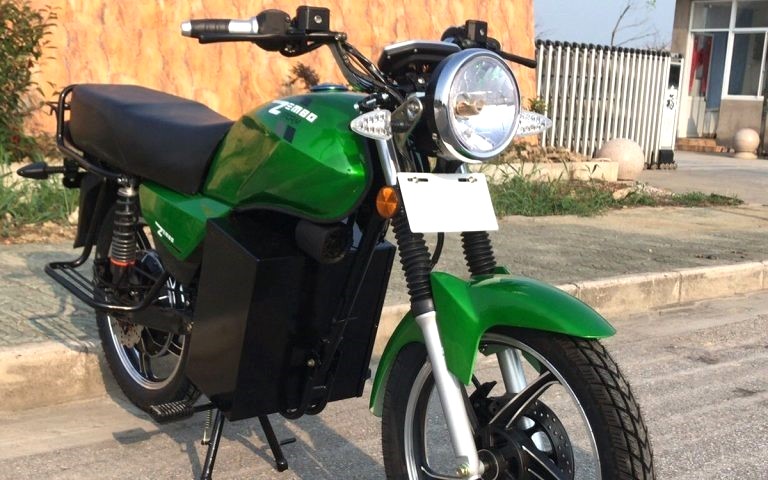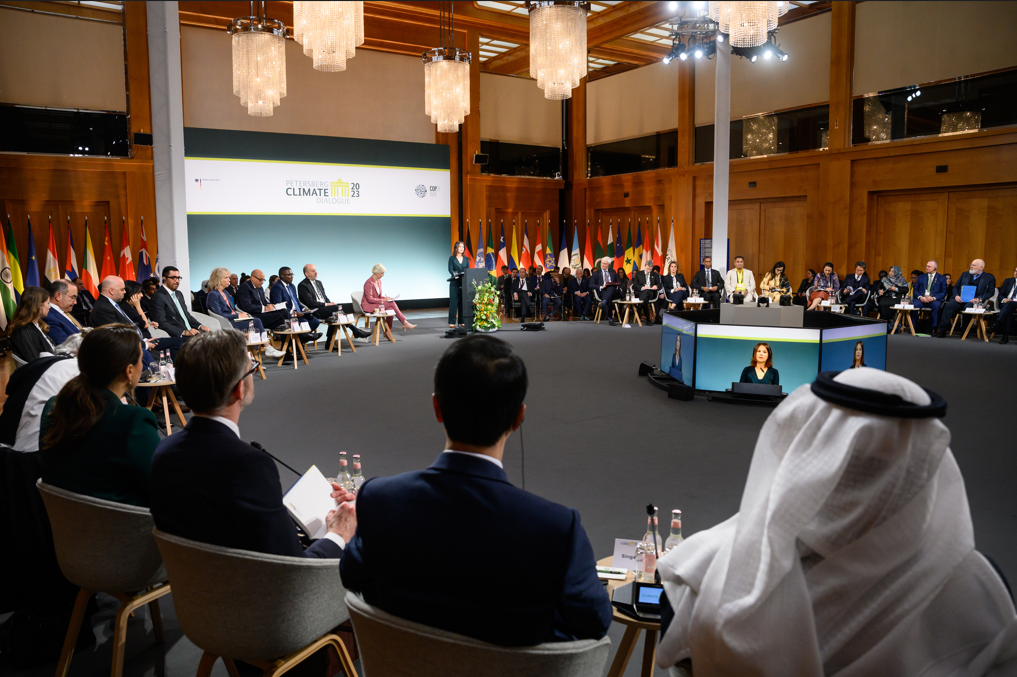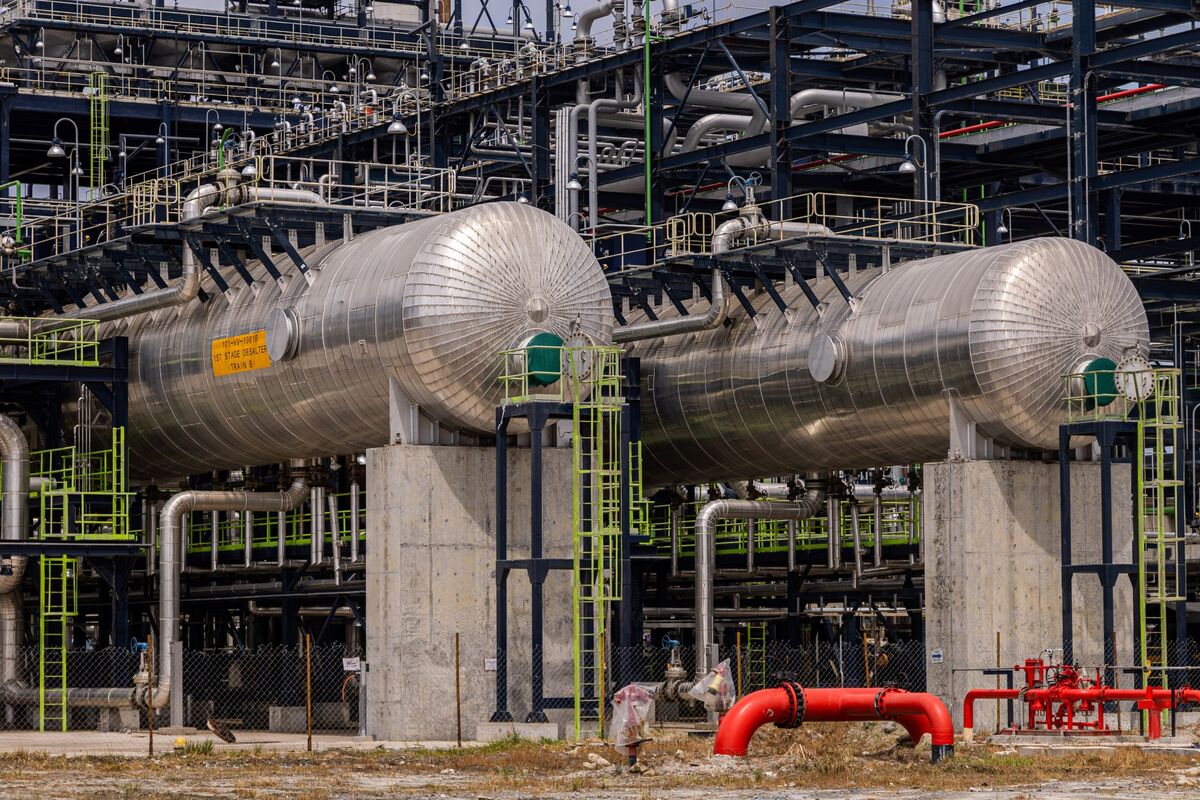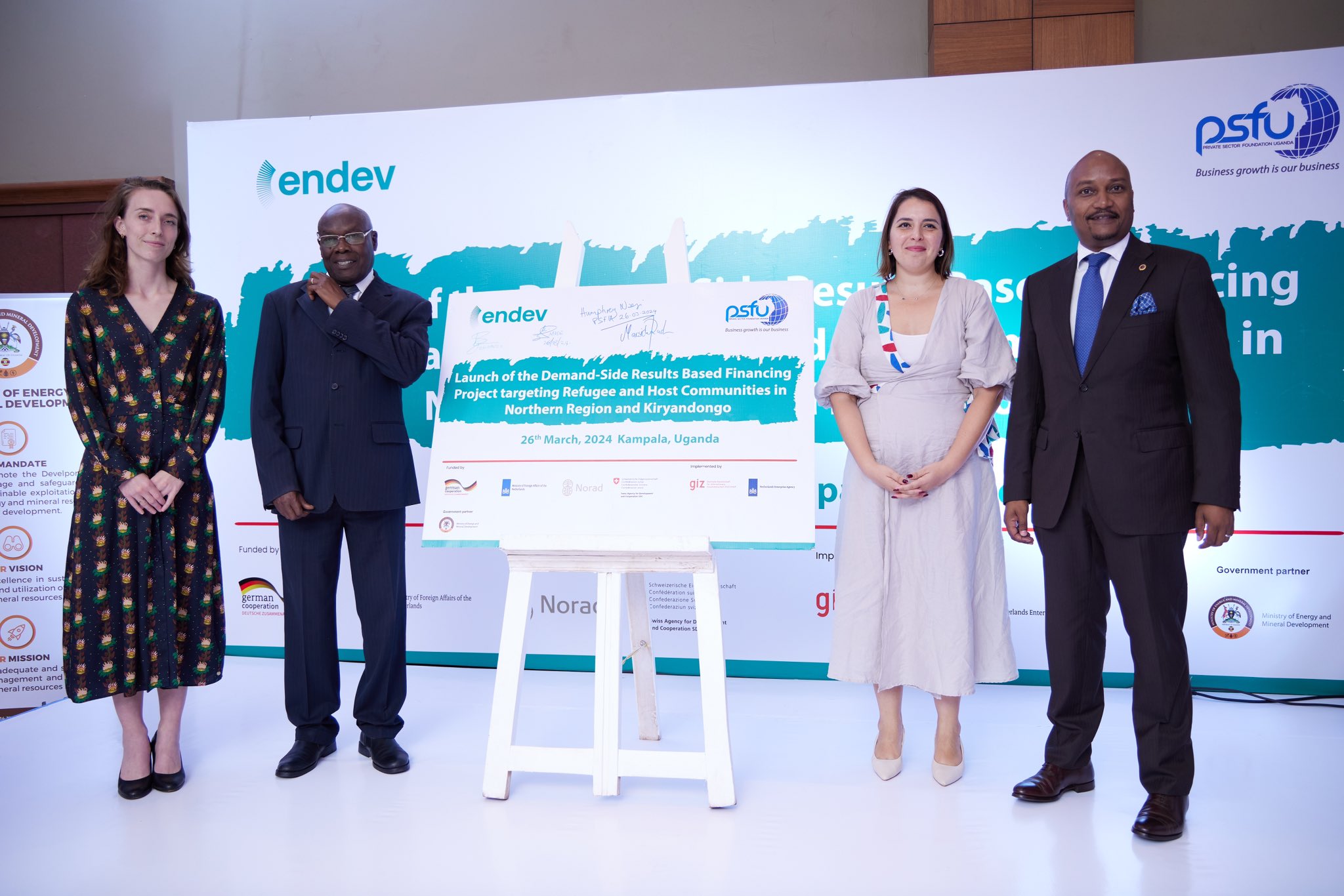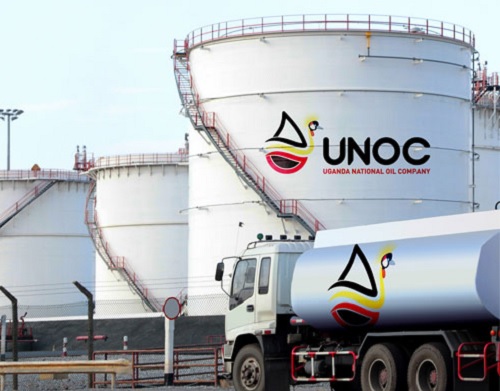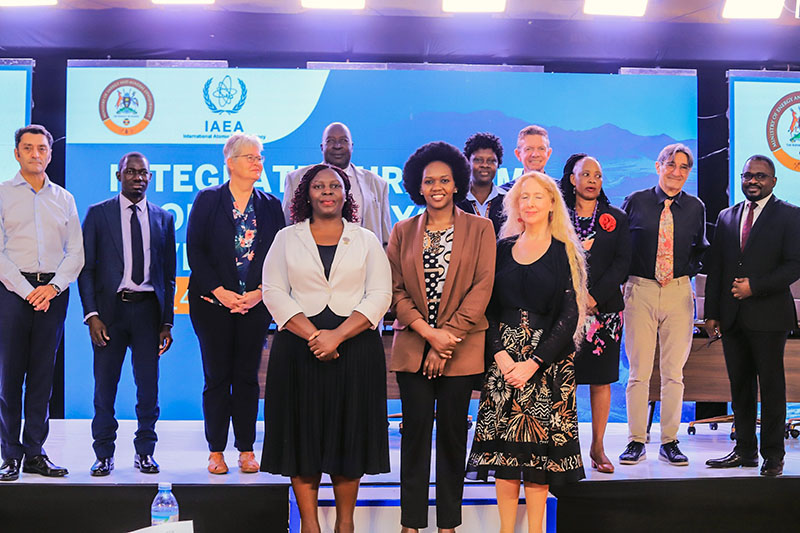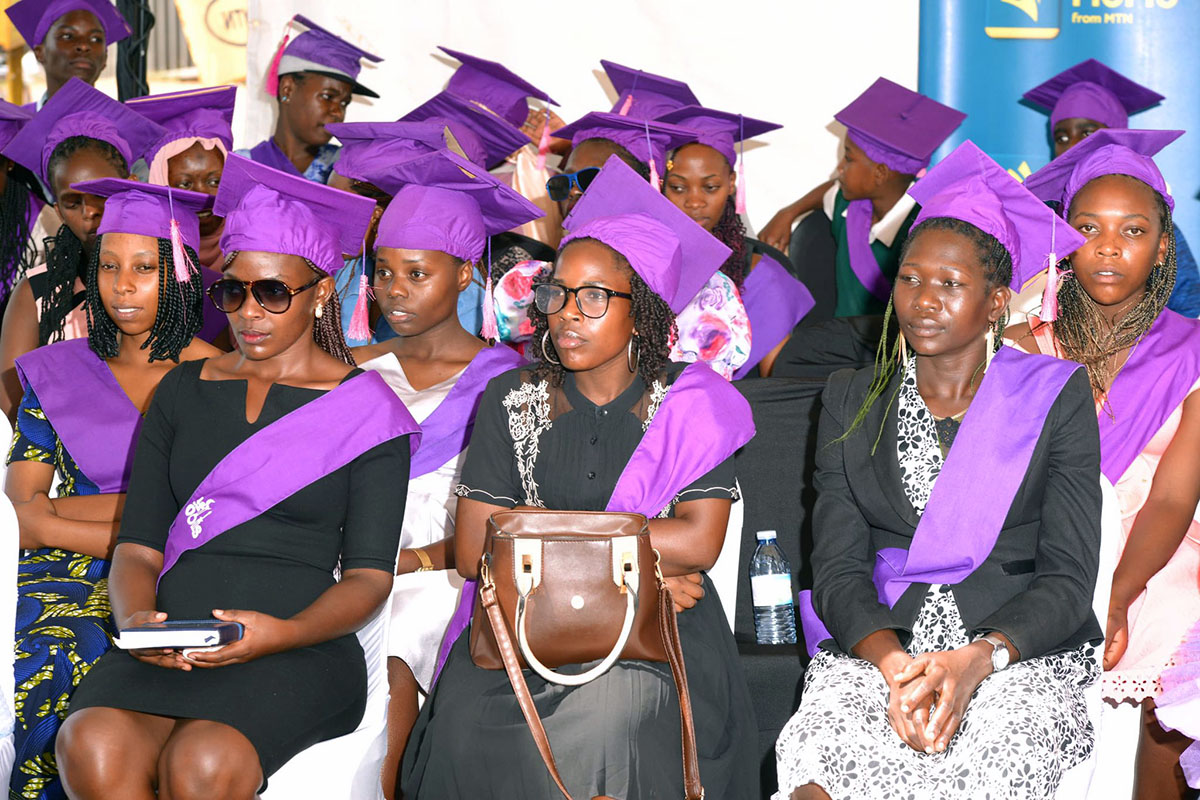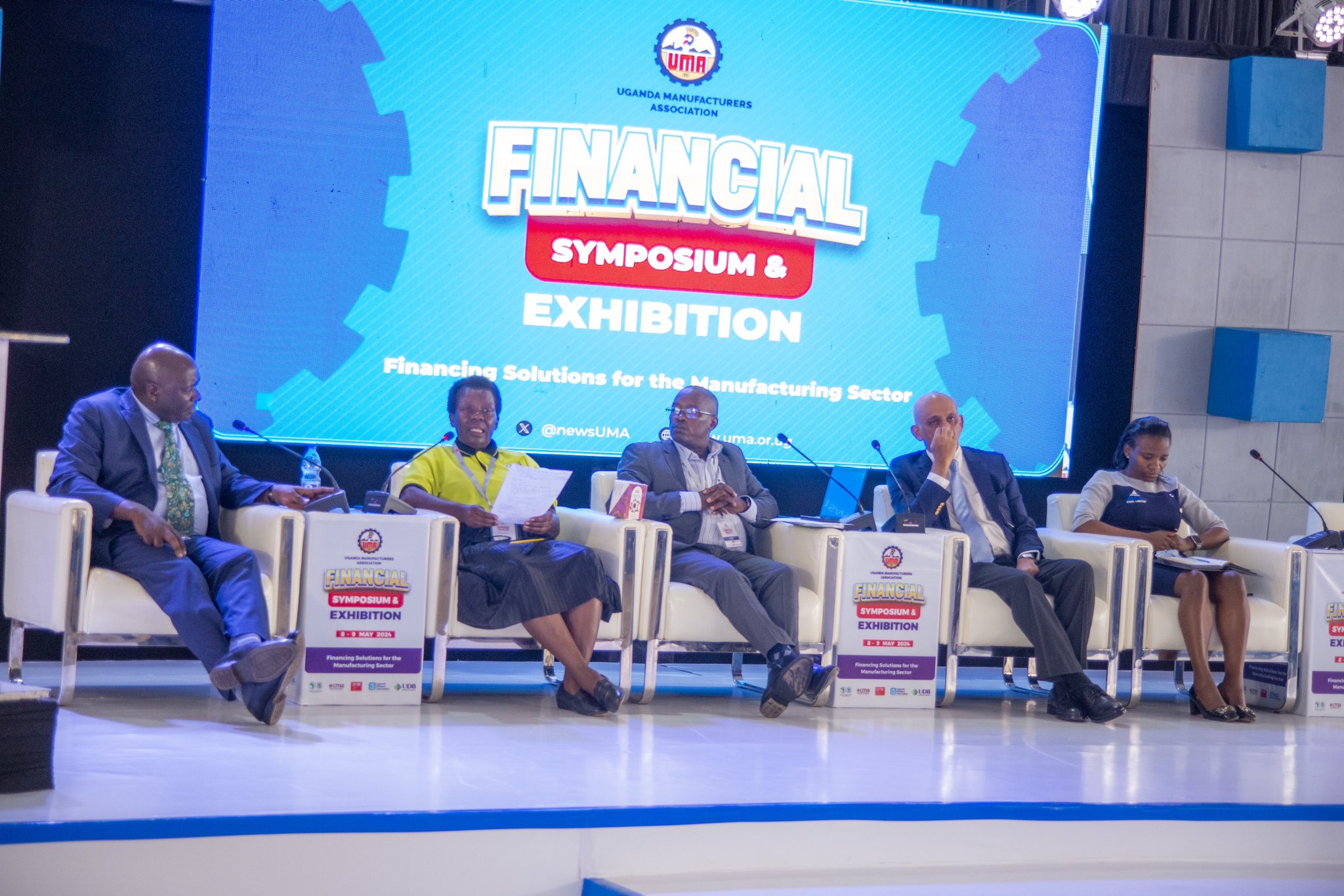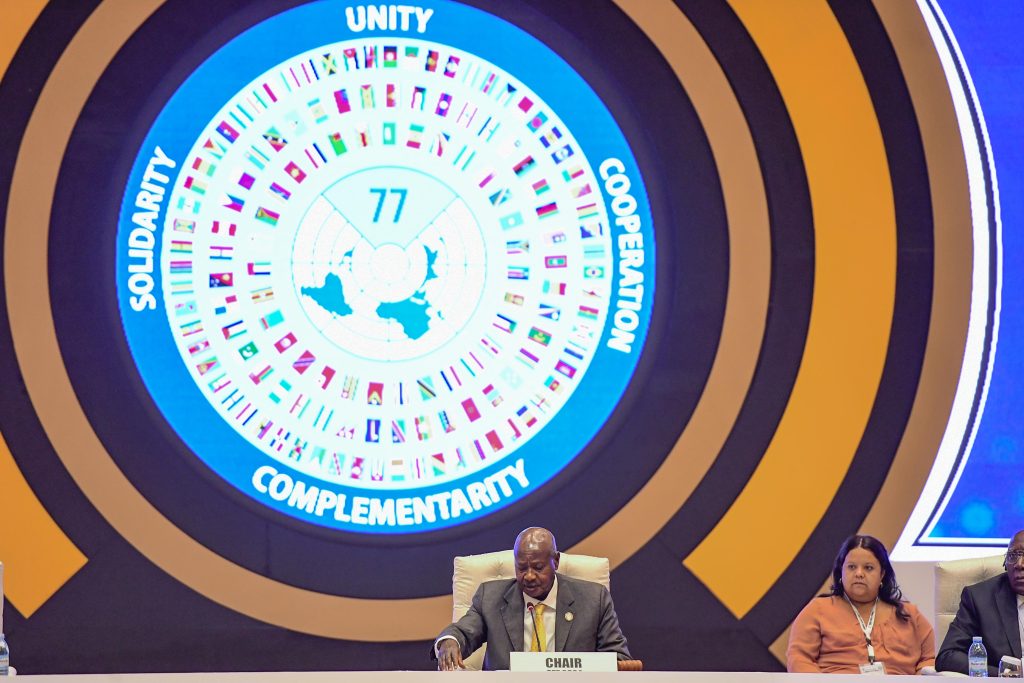West Nile gets first National Grid connection

President Yoweri Museveni (L) cuts the tape to launch the 132KV power line in Nebbi District on August 3.
The recent inauguration of the Kole-Gulu-Nebbi-Arua Transmission line by President Yoweri Kaguta Museveni marks a pivotal moment for the West Nile sub-region. This 132KV power line, worth a total investment of USD100 million (UGX 370 billion), connects the region to the national power grid for the first time since 2003.
The successful energization at the Nebbi Substation symbolizes a new era of economic opportunity and growth for the area, which has long been underserved in terms of reliable electricity supply. Since the unbundling of the Uganda Electricity Board (UEB) in 2003, the West Nile sub-region, which includes districts such as Adjumani, Arua, Koboko, Maracha, Madi-Okollo, Moyo, Nebbi, Pakwach, Terego, Yumbe, and Zombo, had never been connected to the national grid.
The West Nile Rural Electrification Company (WENRECo) was formed in 2003 by the Industrial Promotion Services (IPS), a programme of the Aga Khan Fund for Economic Development (AKFED) and was granted a concession agreement to generate, distribute, and sell electricity over an isolated grid.
- The company secured a 25-year license from the Electricity Regulatory Authority (ERA) for the generation, distribution and sale of electricity in the Nile Region. The initial catchment area covered Arua and Nebbi Districts, but this has since been expanded to all districts in the West Nile Region.
The introduction of Electromaxx in 2019 to supplement power generation through the Euata thermal plant in Arua District as well as the Nyagak 1 hydropower plant, had a combined capacity of just 11.8 megawatts (8.3 MW from Euata and 3.5 MW from Nyagak 1). However, this setup was insufficient, leading to expensive power and erratic power supply as well as frequent blackouts that hampered local businesses and overall development.
The lack of connection to the national power grid had significant implications for local businesses in the West Nile sub-region. The unreliable power supply from local generators and small-scale plants severely constrained business operations, limiting growth and profitability.
- Some members of the business community in Nebbi told this publication that the inconsistent electricity supply affected productivity levels. Businesses could not operate machinery consistently, leading to delays in production schedules. This was particularly detrimental for industries that require continuous power, such as food processing and cold storage facilities. The lack of reliable power also made it difficult for businesses in West Nile to compete with those in other regions that had stable power, leading to a loss of market share and opportunities.
 A worker walks past the new substation during the launch on August 3.
A worker walks past the new substation during the launch on August 3.The completion of the new Kole-Gulu-Nebbi-Arua Transmission line is expected to be a game-changer for the West Nile region.
Speaking at the launch of the power line on August 3, President Museveni highlighted the immense potential for attracting investors, particularly in the industrial sector. "There's a lot of power waiting to be used. What I would recommend is to develop an industrial park somewhere in the West Nile near the power," he suggested.
Local business owners and residents have welcomed the development, hoping it will bring more stability and opportunities.
Winfred Ogentho, a businesswoman from Nebbi district, voiced both her gratitude and concerns, saying; "I appreciate the government's efforts, but I implore them to stick to providing cheap power and ensure equal distribution across the whole district." This sentiment reflects the community's desire for affordable and reliable electricity, which is crucial for economic activities and improving living standards.
- The project’s financial aspects were outlined by Irene Batebe, the Permanent Secretary of the Ministry of Energy and Mineral Development. She said the entire project cost USD100 million, with financial support from the World Bank. This substantial investment, she said, underscores the government's commitment to enhancing infrastructure and promoting economic development.
- Ruth Nankabirwa, the Minister of Energy and Mineral Development, reiterated the government’s dedication to implementing Uganda's Vision 2040 and the National Development Plan III. The completion of various power transmission projects, including this one, is expected to ensure nationwide access to the national grid, paving the way for sustained economic and social development, she added.
A day later, Vice President Jessica Alupo also commissioned the Arua substation; part of the 289 km Kole-Gulu - Nebbi - Arua Transmission Line Project with over 897 towers.
The transmission line will evacuate electricity from Karuma Dam, Agago/Achwa, Nyagak I, and Nyagak III hydropower plants to Arua, helping to meet the city’s energy demand and fostering investment and industrialization across the region.
With more investment in power infrastructure, the future looks promising for increased industrialization, improved living standards, and sustainable development across the country, especially in underdeveloped parts of the country such as the West Nile region.



.jpg)
